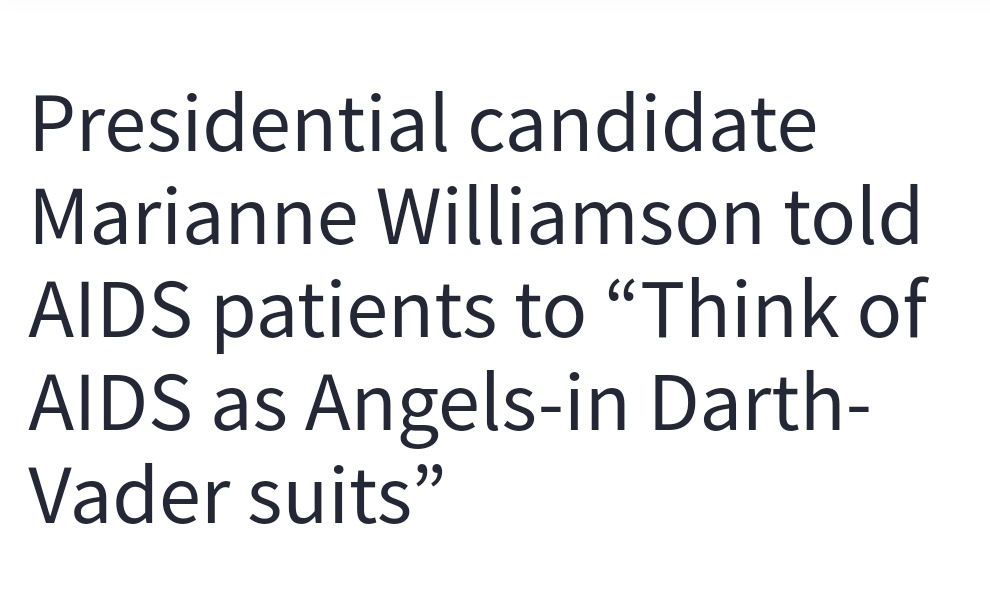In reply to:
Sam Grady 🇺🇸🇵🇸🇺🇦🦋
@Normal_Writing
·
557d
The statement engages in public discourse by addressing a controversial quote attributed to a public figure and suggesting that the quote should be understood in its full context. The tone is defensive and somewhat admonishing, aiming to correct what the author perceives as a misunderstanding or misrepresentation of the original statement.
- The statement strives to do no harm by encouraging a more nuanced understanding of the quote, but the admonishing tone could be seen as dismissive of those who are offended or hurt by the original statement. This partially upholds the principle. [+1]Principle 1:I will strive to do no harm with my words and actions.
- The statement respects the privacy and dignity of others by not engaging in personal attacks or hate speech. It does, however, imply that those who mock the quote do not understand it, which could be seen as a mild form of condescension. This partially upholds the principle. [+1]Principle 2:I will respect the privacy and dignity of others and will not engage in cyberbullying, harassment, or hate speech.
- The statement promotes understanding by encouraging readers to seek out the full context of the quote. However, the tone could be more empathetic towards those who are offended by the original statement. This partially upholds the principle. [+1]Principle 3:I will use my words and actions to promote understanding, empathy, and compassion.
- The statement engages in constructive criticism by suggesting that readers should seek out the full context before forming an opinion. However, the admonishing tone could be seen as a mild personal attack on those who mock the quote. This partially upholds the principle. [+1]Principle 4:I will engage in constructive criticism and dialogue with those in disagreement and will not engage in personal attacks or ad hominem arguments.
